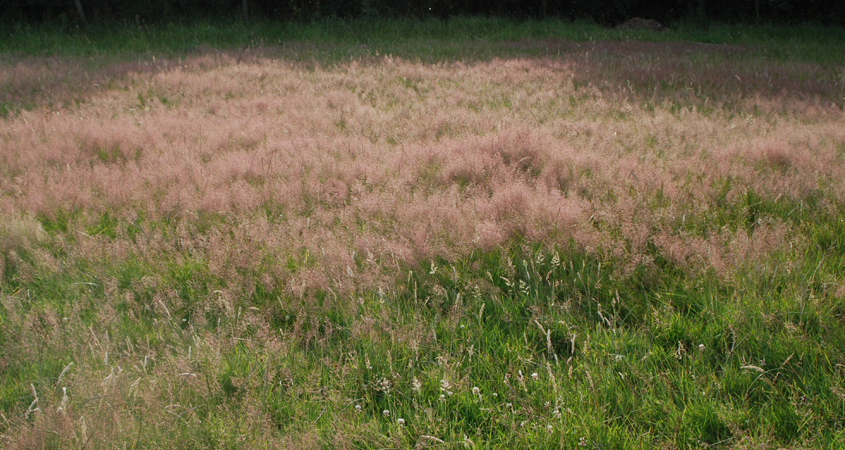Grassland Biodiversity Project
Our small flock of Portland Sheep (rare breed)(home for life) help the biodiversity as they eat rough grass, remove thatch and browse on rushes helping with conservation of the meadow. After spring they move to other fields.
The grassland biodiversity is a study of existing lowland grassland meadows or fields. Our 10 acre project located in an Area of Outstanding Natural Beauty in West Dorset, that includes fields that have either always been grassland, as well as fields returning to grassland in rotation after arable crop cultivation
Types of habitat include landmark oak trees, grassland meadow, native hedgerows and bottom of hedgerows. As the seasons progress from the start of the project we have seen native bluebells in the hedgerow bottom, the flowering of the Blackthorn (Prunus spinosa) followed by the flowering of Hawthorn (Crategous monogyna) and Elder (Sambucus nigra). The landmark oak trees were pollarded many years ago and measurements taken confirm they have a diameter of over 7m.
The aim is to manage the grassland to return it to traditional species rich meadows with the benefits of enhancing biodiversity.
Grassland is an important, but often overlooked habitat that makes up 35% land cover in UK. These are potentially valuable resources that can be managed to improve biodiversity and as a support for wild life habitats. There is a need for sensitive understanding of management of grasslands to support pollinators – bees and butterflies that are critical for the future stability of food production.
Grassland meadows are an important part of the landscape character in the countryside but also are often recreational resources in towns, such as town fields and on the edge of urban conurbations.
Grassland Trust
Our flower-rich grasslands are fantastic places for wildlife. Not only do they bring colour to our countryside and towns, but they are also home to some of our best loved species: birds like the skylark; animals like the brown hare; and many different bumblebees and butterflies. The shocking reality is though, that in the last seventy years nearly all of our meadows have disappeared because of neglect, development or agricultural intensification.
Dorset Wildlife Trust has recently launched their Pastures New project, a grassland management initiative across the county in 20 separate chalk downland and neutral grassland SNA’s. Although our project land is outside the designated areas of the Pastures New initiative we hope to be able to learn from the work being carried out and benefit from the seed harvesting initiative and machinery ring. There may also be other practical action that we can tap into which will help us maintain momentum and husband resources. The Grassland Trust and Flora Locale for instance.
Joint Nature Conservation Committee – a statutory advisor to UK government
Semi-natural lowland grassland is one of the most evocative and yet threatened habitats in the UK. Although grassland is widespread in the UK lowlands, particularly in the west, the majority has been agriculturally improved. As a result this habitat has probably lost more plant species diversity than any other semi-natural habitat in the UK. Surviving areas of sympathetically managed semi-natural grassland are scare and often small and isolated from each other.
UK semi-natural lowland grasslands are a priority for nature conservation. This partly relates to their steep decline and scarcity, but also to their naturalness and intrinsic appeal and because they provide home to a host of highly specialised plants and animals. Accordingly, there are seven UK lowland grassland coastal habitat types listed under Annex I of the EU Habitats Directive and seven lowland grassland priority habitats listed the UK Biodiversity Action Plan.
winter










